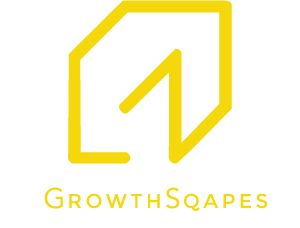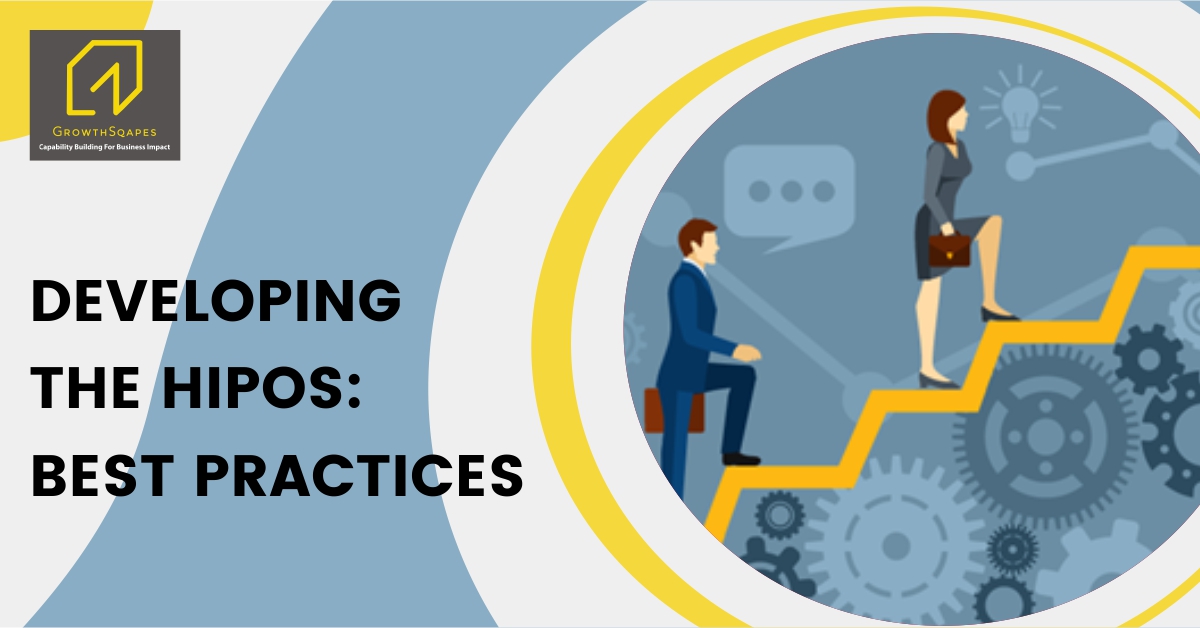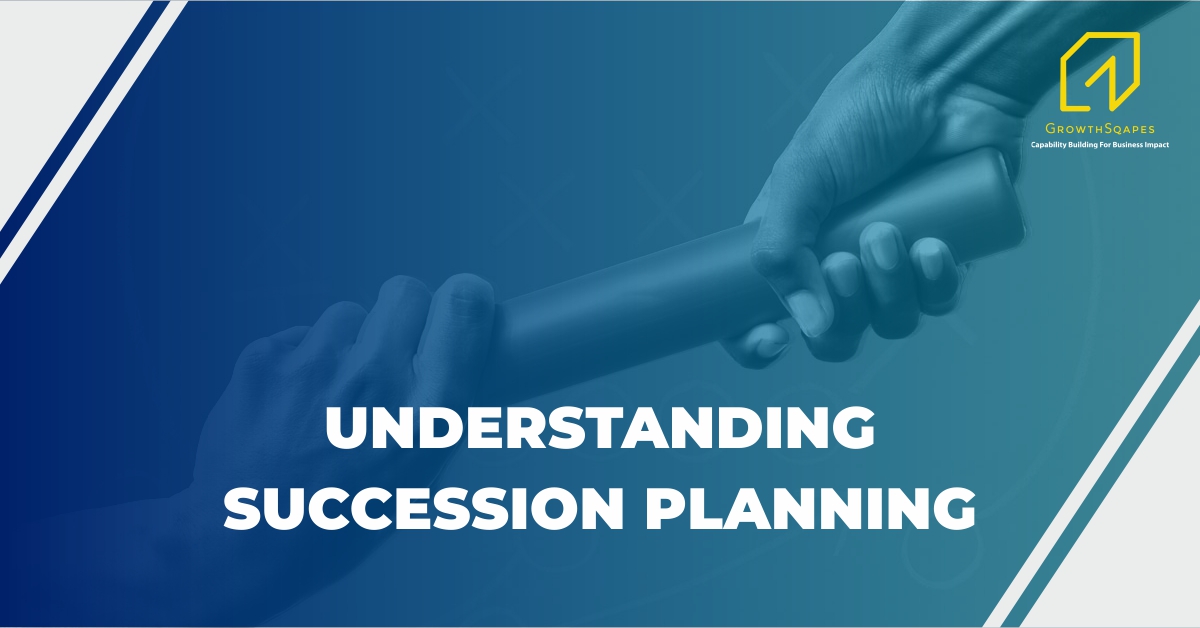High Potential Leadership Development focuses on identifying individuals within an organization who exhibit exceptional potential for leadership roles and equipping them with the skills and experiences needed to succeed. These high-potential (HiPo) employees are often seen as the future drivers of organizational success. However, their potential needs to be honed through structured development programs to transform them into effective leaders. As part of leadership development programs in India, let us look at some of the best practices that render effectiveness to a high potential development program.
Alignment with organizational goals
Ensure that the High Potential Leadership Development program is closely aligned to the organization’s strategic goals and objectives. This alignment ensures that the development efforts directly contribute to the company’s long-term success. For example, if an organization aims to expand internationally, the HPLD program should focus on developing global leadership skills.
Foster a culture of continuous learning
Encourage a culture where continuous learning and development are valued. This can be achieved through:
a) Learning Management System Platforms: Providing access to online courses, webinars, and other learning resources. These platforms enable employees to learn at their own pace and convenience.
b) Peer Learning Communities: Creating forums for employees to share knowledge and best practices. Peer learning can be a powerful tool for reinforcing new skills and concepts.
Engage Senior Leadership
Senior leaders should actively participate in the High Potential Leadership Development program. Their involvement demonstrates the importance of leadership development and provides HiPo employees with valuable role models. Senior leaders can:
a) Lead Training Sessions: Share their experiences and insights through workshops and seminars.
b) Mentor HiPo Employees: Offer guidance and support based on their leadership journey.
c) Advocate for Development: Promote the HPLD program and its benefits across the organization.
Deploy diverse development opportunities
Offer a variety of development opportunities to cater to different learning styles and preferences. This can include:
a) In-Class Training: Traditional instructor-led sessions that provide in-depth knowledge on specific topics.
b) Hybrid Learning: Online coaching followed by in-class workshops that offer flexibility and convenience.
c) Experiential Learning: Real-world projects and assignments that allow HiPo employees to apply their skills in practical settings.
Measure and calibrate
Regularly measure the effectiveness of the High Potential Leadership Development program and make adjustments as needed. This involves:
a) Monitoring the development and career progression of HiPo employees. Tracking tools can include performance dashboards and progress reports.
b) Gathering feedback from participants to identify areas for improvement. Surveys, interviews, and focus groups can provide valuable insights.
c) Assessing the overall impact of the program on organizational performance. Evaluation metrics can include leadership readiness, employee engagement, and business outcomes.
High Potential Leadership Development is a strategic imperative for organizations aiming to secure their future success. By identifying, nurturing, and retaining high-potential employees, businesses can build a robust pipeline of leaders ready to navigate the complexities of the modern business world. An effective High Potential Leadership Development program, aligned with organizational goals and focused on continuous learning and development, ensures that these future leaders are well-equipped to drive growth and innovation. Investing in High Potential Leadership Development not only prepares the organization for future challenges but also creates a culture of excellence and continuous improvement. Under the umbrella of leadership programs in India, GrowthSqapes offers bespoke solutions towards high potential development.
This blog has been written by Satyakki Bhattacharjee, Managing Partner at GrowthSqapes
Finding a successor for a critical role has been the focus since generations of organized governance across longitudes of time. Stories of succession have been reaching us since dynastic succession of empires until the recent public debate on who would succeed Rahul Dravid as Head Coach of Indian Cricket team. That someone needs to be brought in when the existing role holder vacates is well recognized by leaders and board of most organizations. Yet, succession planning still appears to be a struggle all around the organized world. Executive succession planning especially, is no different. Though, it has become a buzz word in almost every board, there seems to be mystery around how effective it is or how to go about it effectively.
Understanding Succession Planning
Succession planning is about risk mitigation. The risk here is something that the organization can barely afford to ignore-the talent risk. Executive succession planning may be defined as awareness, recognition and forecasting of talent separation events for critical roles of the organization and implementing preventive mitigating steps to ensure that such talent separation does not interrupt business performance. The principle that companies are ‘going concern’ philosophically sustains the business beyond a foreseeable future. However, to remain on the going continuum philosophically, companies need to be seen and run as organizations that excel operationally.
Benefits of Succession Planning
Organization switch do not have a dedicated process of succession planning seem to be governed more by adhocism than by a professionally planned approach, particularly so if it is in the domine of talent management. Succession planning is about making the organization ready with a future pipeline of successors of all critical roles to avoid any talent gap in the event of a sudden talent separation. This is an established robust process of identifying and developing talent who possess the required skills, knowledge, and attitudinal dimensions to take up the roles whenever the situation demands. Any robust succession planning process is aligned to the organizations strategic business goals. The organization thus continuously focuses upon institutional capacity building by individual capability building. The focus is not only on the headcount of who succeeds whom, but also on what competencies currently exist and what competencies would be required for a role, in future. When such a succession planning process in organizations are regularly assessed in terms of the organization’s longtime strategic goals, the succession planning becomes more effective.
The biggest benefit of succession planning is the organization itself. Succession planning prevents drainage of institutional knowledge facilitates and promotes internal leadership development, resulting in capability building and thus mitigates risks by way of sudden talent lose.
Methods of Succession Planning
Through a scientific and systematic method of assessing the current talent bank and developing potential future leaders on the competency gaps organizations can ensure that they remain on a sustainable path of talent management, making the organization immune to dynamics to ever-uncertain talent environment in business. However, worldly realities are different. At a very broad level, organizations can be categorized as Family Owned -Family Run and Family Owned-Professionally run. For most family -owned businesses key successors at critical roles are family members, typically, the son or a daughter irrespective of the competencies. In such cases, the succession plan follows the unquestionable principle of heirship and descendants’ inheritance. This is mostly seen in financial operations of family businesses. Over 28% of leaders in finance department of companies with revenues more than 10 billion says that their organization do not have formal succession planning process for CFOs (Deloitte report, 2024). Nonetheless, some family-owned businesses chose to be professionally run and they, even for top-level critical roles adopt the process of succession planning.
A comprehensive succession planning process consists of the following steps:
- Identifying Key Positions: Determine which roles are crucial for organizational success and continuity.
- Assessing Job Requirements: Understand the skills, experience, and attributes needed for each key role.
- Identifying Potential Successors: Recognize employees with the skills, knowledge, and potential to fill these key positions. Assessment Centres are a great way to do the same.
- Building Competencies: Develop the necessary skills and competencies in potential successors to prepare them for future roles. A robust leadership development program helps in building competencies.
- Evaluating Progress: Regularly assess the effectiveness of the succession planning process and make adjustments as needed to ensure readiness and alignment with organizational goals.
Most organizations can mitigate risks by identifying and developing a pipeline of talented leaders and key employees. This will not only keep the business running and keep employees engaged and loyal, it will also drive long-term organizational success even if challenges exist. However, it is noteworthy that, organizations that prioritize succession planning and use professionals’ expertise are better prepared to navigate change. They are also able to adapt to market demands better and thrive in a competitive business world.
With strong frameworks and a history of successful past work, GrowthSqapes is best suited to be your partner in succession planning.
This blog has been written by Satyakki Bhattacharjee, Managing Partner in GrowthSqapes.


